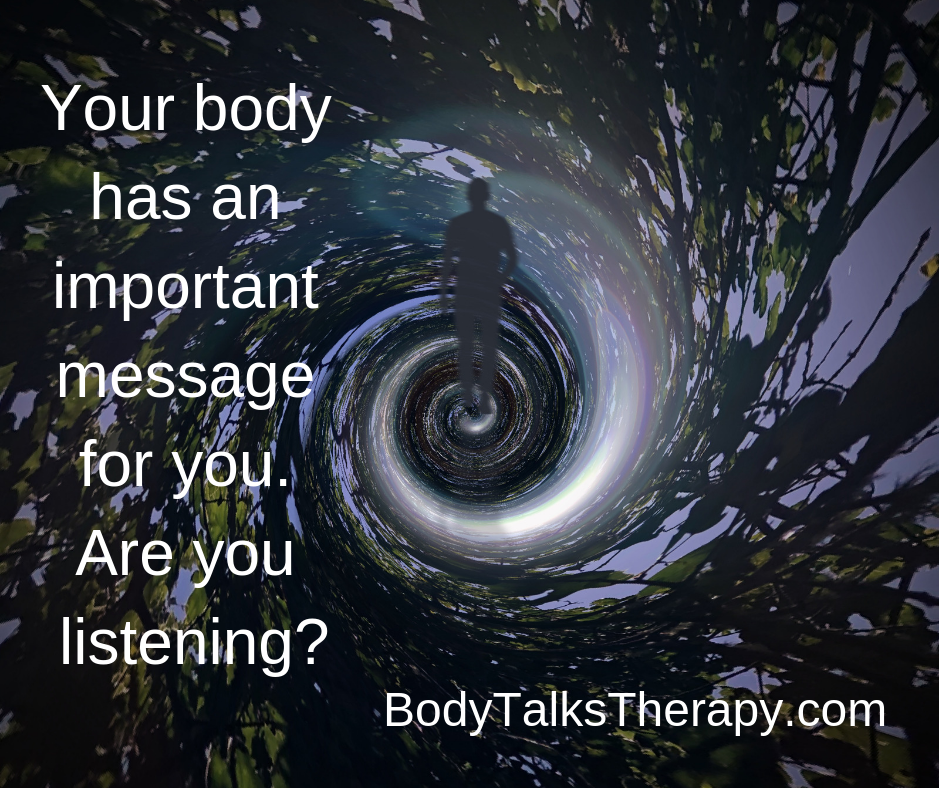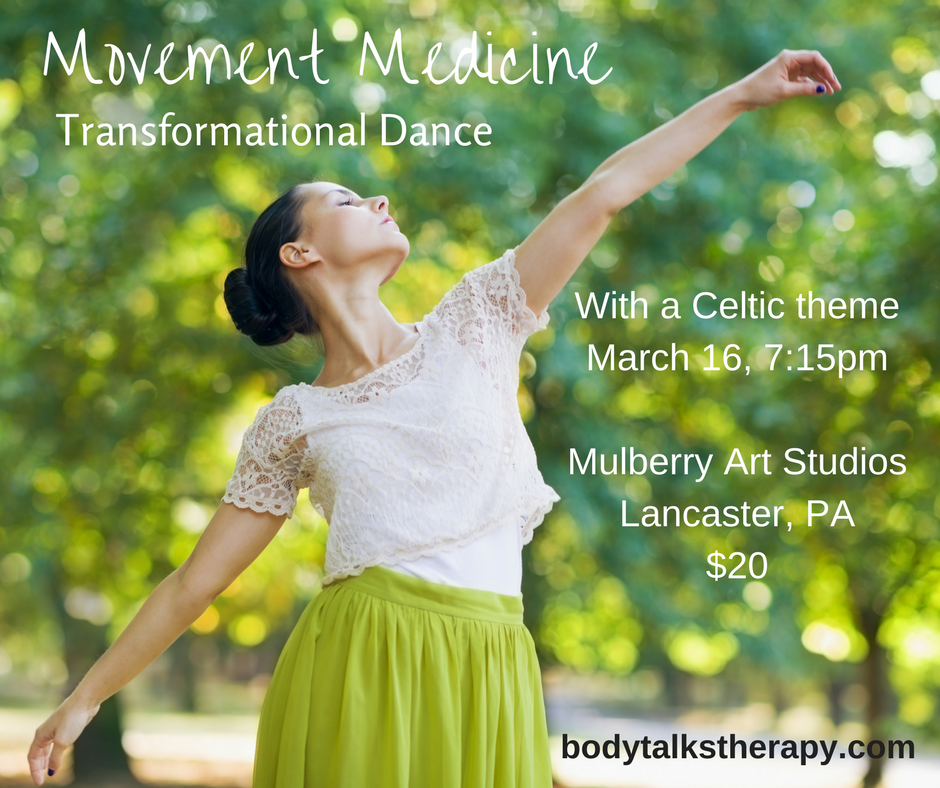Mother Earth’s Embrace: A Natural Remedy for Anxiety
Wrinkled brows, a tight jaw, and eyes wide with dilated pupils. Legs cross and uncross, fingers pick cuticles then press the forehead. Breath fills lungs then exits before reaching the stomach.
 I observe the body language of a client seated across from me. Caught in the turbulence of her mind, she’s disconnected from the now-moment and her body.
I observe the body language of a client seated across from me. Caught in the turbulence of her mind, she’s disconnected from the now-moment and her body.
She speaks rapidly, seeking safety in potential solutions too many to track. “What if” this and “maybe that?” Underneath what she’s saying, I hear, “If I just do that, I won’t have to feel this.”
Softly, I name what I’m sensing. Her eyes water in response. Her throat tightens, and she looks into her lap. Tears slide into the corners of her mouth. Energy flows through her body once more. She’d been holding on tightly and just needed a safe space to feel before moving into a calmer, more spacious state.
So many of us cope with our fears of feeling—and with our fears in general—by escaping into our minds and seeking solutions or distractions. It’s a behavior that helped us feel safer when we were too young, too small, or too vulnerable to deal directly with actual threats. Over time, this became habitual and we never learned that it was safe to simply feel.
But the mind is no refuge. It can create all sorts of thought forms, including worst-case scenarios to which our nervous systems respond as though the scenarios are happening right here and right now.
I invited my client, and I invite you, to soothe your frazzled nerves, ease your anxiety, and create a safe space to tolerate your emotions by engaging in an exercise I use daily, as frequently as necessary (you can’t overdose).
First, connect with your breath by simply noticing it. Then exhale, squeezing out the oxygen from your pulled-in abdomen so that when you again inhale, you fill your belly first and then your lungs. Notice the sensations in your body as you breathe. If you feel the urge to cry, to yell into a pillow, to grunt, to squeeze your pinky fingers with your ring fingers and thumbs, allow yourself the release.
Feel the heaviness of your body. Mother Earth holds you close to her through gravity. You’re safe; she won’t let you float away. Visualize this and track any emotional response.
Again notice your breath and your body’s weight, held up by Earth; she prevents you from falling through. Linger here for a while, noting the experience of being embraced and supported by Earth. See if you can take in her nourishment. What is it like?
Imagine your hearbeat in sync with the Earth’s. You are an extension of her, made of the same vitamins and minerals and nearly the same percentage of water. The stardust that comprises her is in you as well. Hang out with these truths for a a few minutes.
Extend your awareness to your five senses, noticing sounds, colors, smells, the taste of your mouth, the temperature of your skin. Remember your breath and that Earth breathes through you.
Explore the now. What is true in this moment? Not the next hour. Not even tomorrow or next year. Can you stay here a while longer? Can you carry the now-moment into the next moment, then into the next? Can you remember that this quality of presence, that this stillness, is available to you any time you need it?
Can you remember too that you don’t have to do any of this alone? You’re supported by something greater than yourself, that which is as miraculous and divine as you. Carry a photo of Earth with you as a resource, if it helps. Consider connecting with her directly when your feelings are more intense.
Nuzzle into a tree. Press your cheeks to some grass. Allow her to cool you with ocean waves or to blanket you in sunlight. She’ll never leave you. She’s here for you always.
(Download “Mother Earth’s Embrace” guided exercise on mp3 here.)
—Allison Brunner, LCSW, RM, Body Talks Therapy

 I observe the body language of a client seated across from me. Caught in the turbulence of her mind, she’s disconnected from the now-moment and her body.
I observe the body language of a client seated across from me. Caught in the turbulence of her mind, she’s disconnected from the now-moment and her body.



